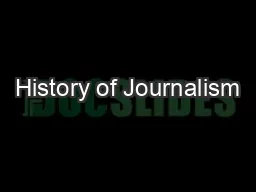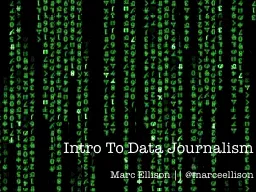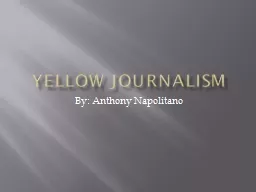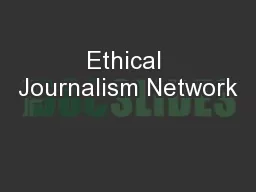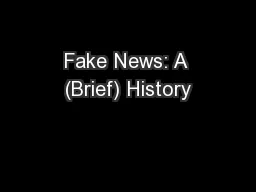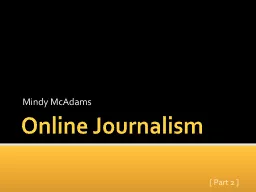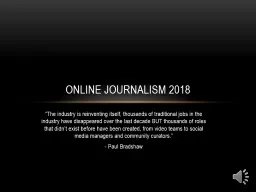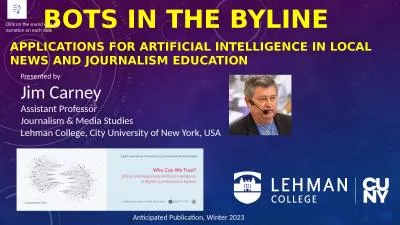PPT-History of Journalism
Author : tatiana-dople | Published Date : 2017-08-24
News reporting goes back thousands of years perhaps to the first humans or even the first animals that could communicate to one another about such things as approaching
Presentation Embed Code
Download Presentation
Download Presentation The PPT/PDF document "History of Journalism" is the property of its rightful owner. Permission is granted to download and print the materials on this website for personal, non-commercial use only, and to display it on your personal computer provided you do not modify the materials and that you retain all copyright notices contained in the materials. By downloading content from our website, you accept the terms of this agreement.
History of Journalism: Transcript
Download Rules Of Document
"History of Journalism"The content belongs to its owner. You may download and print it for personal use, without modification, and keep all copyright notices. By downloading, you agree to these terms.
Related Documents

